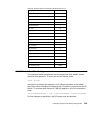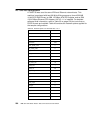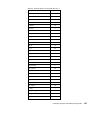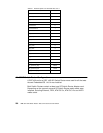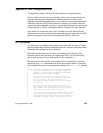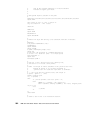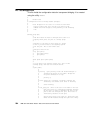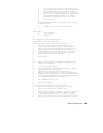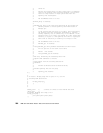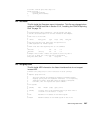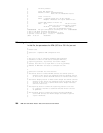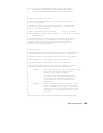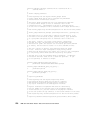
GRF Configuration Files 263
#
if [ -t 0 ]
then
#
# Ask for a terminal type; the default is the canonical "vt100".
#
if [ X${TERM} = X ]
then
TERM=vt100
fi
eval ‘tset -s -m ?$TERM‘
export TERM
#
# It’s interactive, so exec the new CLI shell for the GRF.
#
# from here on commented out the next 15 lines as 99.99999% of work
# is from the shell prompt, and if you exit from CLI, .profile is not
# obeyed, sigh.
# you have to call ncli, to get the super> prompt.
# to see the information that pops up, if you start sh within super>,
# cat /etc/motd, or run sh within super> /*UU*/
# NCLI=/usr/nbin/ncli
# if [ -x ${NCLI} ]
# then
# ${NCLI}
# STATUS=$?
# if [ ${STATUS} -eq 0 ]; then
# exit 0
# fi
# echo "’${NCLI}’ exited status ${STATUS}; continuing with ’${SHELL}’."
# elif [ -f ${NCLI} ]
# then
# echo "Warning: ’${NCLI}’ is not executable; using ’${SHELL}’.
"
# else
# echo "Warning: ’${NCLI}’ is not found; using ’${SHELL}’."
# fi
# end of commenting out the call to CLI. /*UU*/
fi
B.2 /etc/Release
This file’s only content is the actual version of the operating system the GRF
is running. If in doubt, look here and also have a look at Appendix B.15,
“/etc/motd” on page 287.
A_1_4_6_ibm,default



